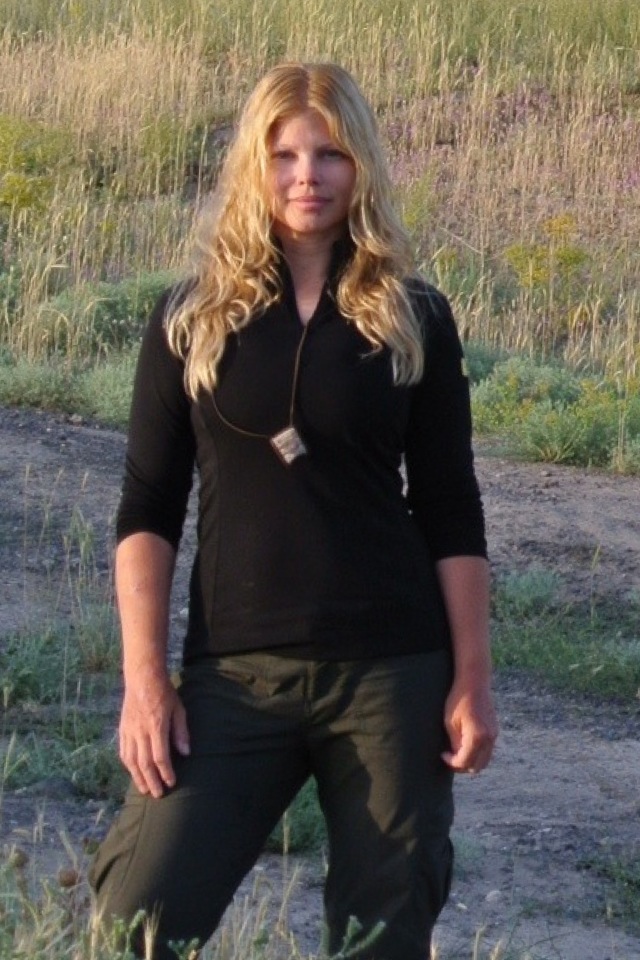 Padre Pio Under Investigation: The Secret Vatican Files by Fr. Francesco Castelli is a chronicle centered on a 1921 Church-sanctioned investigation of the mystical phenomena surrounding Padre Pio (Now St. Padre Pio). I give it 8 out of 10 stars.
Padre Pio Under Investigation: The Secret Vatican Files by Fr. Francesco Castelli is a chronicle centered on a 1921 Church-sanctioned investigation of the mystical phenomena surrounding Padre Pio (Now St. Padre Pio). I give it 8 out of 10 stars.The book is largely a catalog of the report presented by Bishop Raffaello Carlo Rossi who was assigned to the investigation. This report remained unpublished until the time of this book's publication in 2011. From this book, we get a window into Rossi's journey day-by-day over the period of one week as he interrogates various priests at Padre Pio's convent at San Giovanni Rotondo in the province of Foggia, Italy. We are also treated with first hand Q&A interrogations of Padre Pio including regarding his stigmata, the gift of perfumes, and instances of bilocation.
One of the greatest values of this book is the source material. These testimonies were taken during the third year (out of 50) of Padre Pio's visible stigmata. We learn how the vast majority of Padre Pio's acquaintances held him in high regard and how his detractors were a very small minority whose accusations were deemed faulty or unfounded.
Many accusations that still are echoed to this day are addressed in these 1921 interrogations. For instance, one would not be hard-pressed to find on the internet skeptics of Padre Pio's stigmata who claim he used acid at the convent to create the wounds. This was an issue directly asked to witnesses at the convent as well as to Padre Pio himself. For this particular question, we learn that "each convent kept its own healing herbs and medicines" (ebook Loc. 714) and according to witnesses and Padre Pio himself, carbolic acid was used for a time to disinfect smallpox during 1920 (Loc. 2123). Padre Pio himself was sanctioned to administer those injections (Loc. 3051).
Rebuttals to skeptics' accusations are not limited to convent residents alone. Two doctors and a professor of medical pathology had examined Padre Pio a combined four times prior to Bishop Rossi's investigation. The examinations of these medical professionals were referenced and considered multiple times during Rossi's investigation. He gives us detailed accounts of their recorded observations of Padre Pio's stigmata. Although I would like to have read more source material from those in the medical community who examined Padre Pio's body, Rossi does directly quote from their reports from time to time. For instance, Rossi quotes Professor Bignami's bewilderment at Padre Pio's wounds: "What is impossible to explain with the knowledge we have of neural necrosis is the perfectly symmetrical location of the lesions described." (Loc. 1669)
Throughout this investigation, we are also given a picture from the eyes of that time of those surrounding Padre Pio. This includes the convent-frequenting "Pious Women" who were significant witnesses to Padre Pio's gifts and value of his counsel.
We are also given an idea into Rossi's honesty as he includes many instances of supposed miracles some of his over-zealous fans of, or perhaps enemies of, Padre Pio that were unfounded, some even denied by Padre Pio himself.
This book may seem redundant to some readers. The first part of the book offers author Castelli's insights into the investigation, which quotes from Rossi's report numerous times. Then, in the core of the book, Rossi's report is provided, and to the reader, many of the quotations are now familiar.
Also of value is a following portion of the book. Castelli includes multiple letters of spiritual direction from Padre Pio's then-spiritual director, Father Benedetto Nardella, giving us a window into both Padre Pio's life as well as Fr. Benedetto's.
As well, the book is refreshing at a time today when the Church is painted in secular avenues as merely an evil institution of cover-up. The book provides a window into the seriousness with which the Church's Holy Office took the phenomena surrounding Padre Pio, and the reluctance that existed in affirming or promoting it. A timeline ends the book, chronicling many years in which Padre Pio was forbidden from publicly celebrating the Liturgy or hearing confessions. And these sanctions were applied despite Bishop Rossi's favorable report to Padre Pio's character and the merit of the mystical phenomena surrounding him.
I highly recommend this book to anyone interested in St. Padre Pio or the operations of the Church.


 TCV: Recently, you articulated that you've made mistakes in life, and eluded to something you've worn for the past 6 years. Can you expound on that item and what it means to you?
TCV: Recently, you articulated that you've made mistakes in life, and eluded to something you've worn for the past 6 years. Can you expound on that item and what it means to you? 